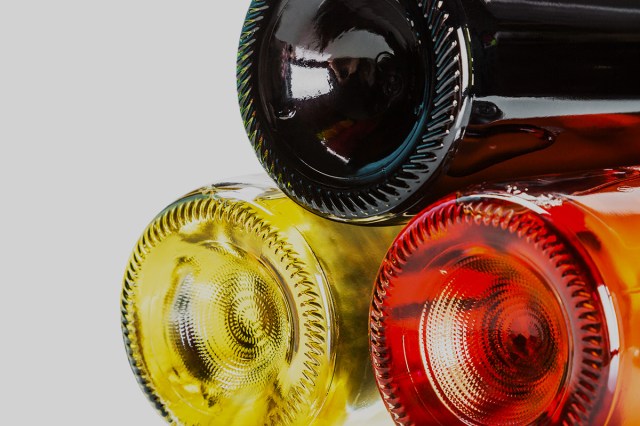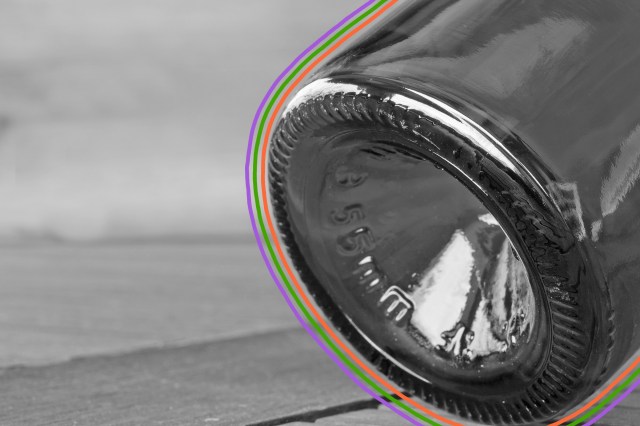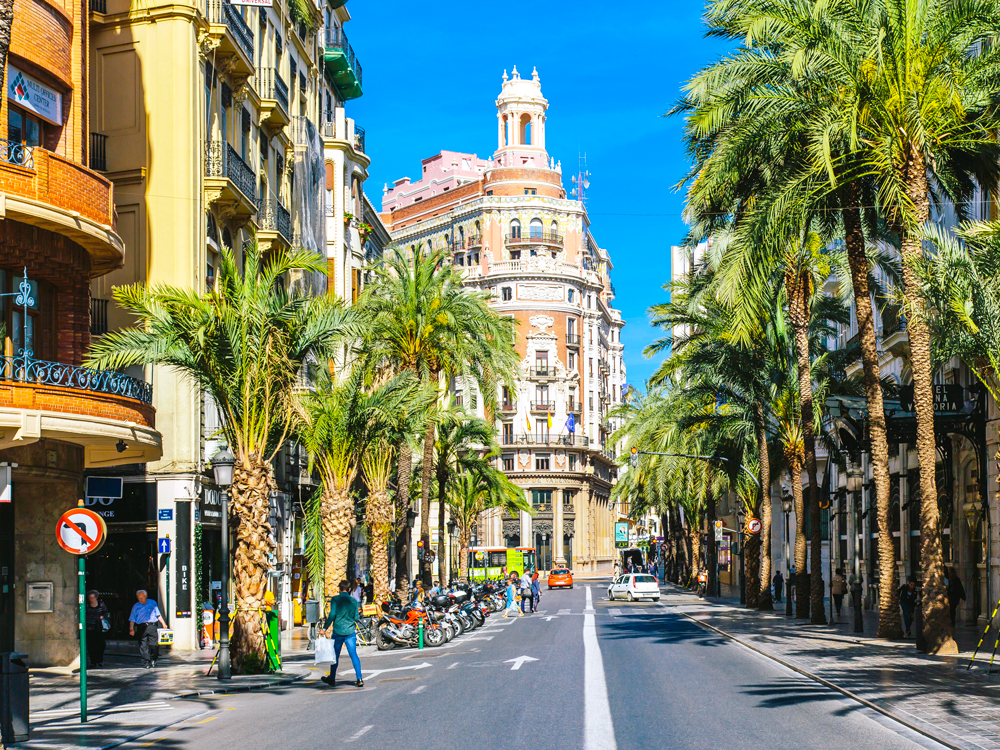
A Necessity of Glassblowing
Before the Industrial Revolution and rise of mass production, all wine bottles were crafted individually by skilled glassblowers. During this process, the glassblower would attach a metal rod called a pontil (or punty) to the bottom of the bottle to manipulate and shape the glass. When the blowing process was complete, the pontil was removed, but it often left behind a sharp, jagged scar known as a pontil mark.
That protrusion could make the bottle unstable and at risk of scratching a table surface or causing the bottle to break. So glassblowers pushed the pontil mark up into the bottle, making sure the container could stand upright with no sharp points on the bottom. This practice created the punt, which is still found on bottles centuries later.

Structural Integrity
While glassblowing techniques can explain the punt’s original presence, they don’t explain why machine-manufactured bottles still have these indents today. One explanation is they add to a bottle’s structural integrity, making the glass less likely to break when knocked against something or dropped. The Romans were famously fond of using arches in their aqueducts and bridges because they knew arches add strength by distributing weight through compression — and the indent in the bottom of a wine bottle is itself an arch.
Adding structural integrity to a bottle is particularly important for sparkling wines such as Champagne or prosecco. According to Wine Spectator, the pressure per square inch inside a bottle of bubbly is somewhere around 70 to 90 pounds — about double to triple the pressure in a car tire. The curved surface of the punt helps the bottle withstand this pressure without exploding, acting just like arches do in architecture to help distribute forces more evenly in the bottle.

Settling Sediment
While it may only be a happy coincidence rather than an intentional design choice, the punt also helps filter the sediment that may be present in natural red wines, older bottles of red, and vintage ports. The indent at the bottom of the bottle allows sediment to settle evenly, collecting in a ring around the base rather than forming a flat layer on the bottom. This makes it easier for sommeliers and oenophiles (the fancy name for wine aficionados) to pour their wine while leaving the sediment behind.
More Interesting Reads

Modern Marketing
While punts continue to serve some practical purposes, their persistence in modern winemaking may have just as much to do with tradition and consumer perception. The depth of the indentation is often seen as a sign of quality and craftsmanship due to perceived links with traditional, high-end, and vintage wines. Some consumers — perhaps subconsciously — therefore associate a pronounced punt with a higher-quality product.
There may also be more advanced marketing trickery in play. A larger punt means more glass, which makes the bottle heavier, which again can be subconsciously connected with a higher-quality product. Having a more pronounced punt can also make the bottle appear larger, and if a potential buyer is comparing two bottles and one looks slightly larger, they may be more inclined to go with that one — despite both bottles being clearly labelled as 750 ml of wine.












